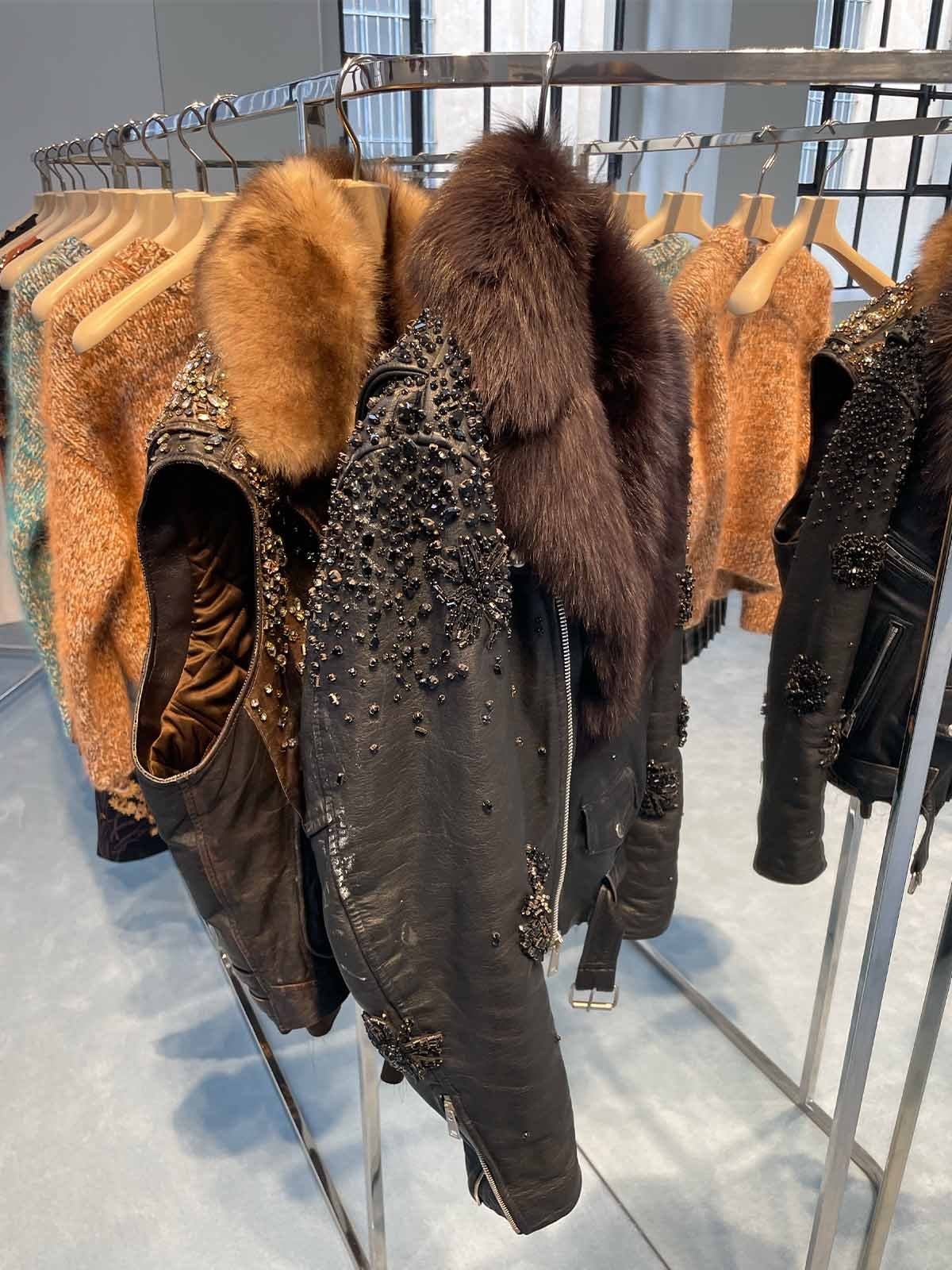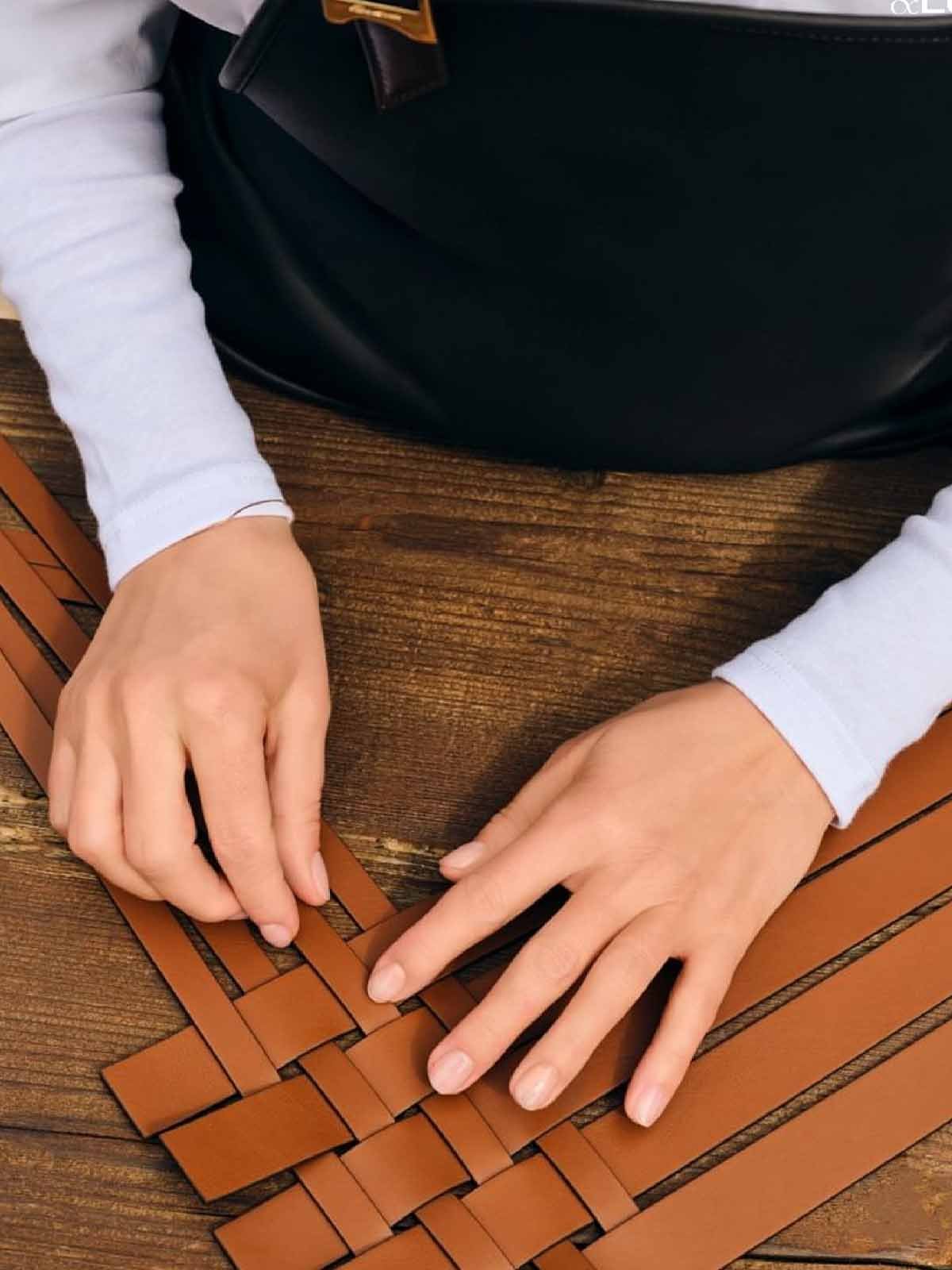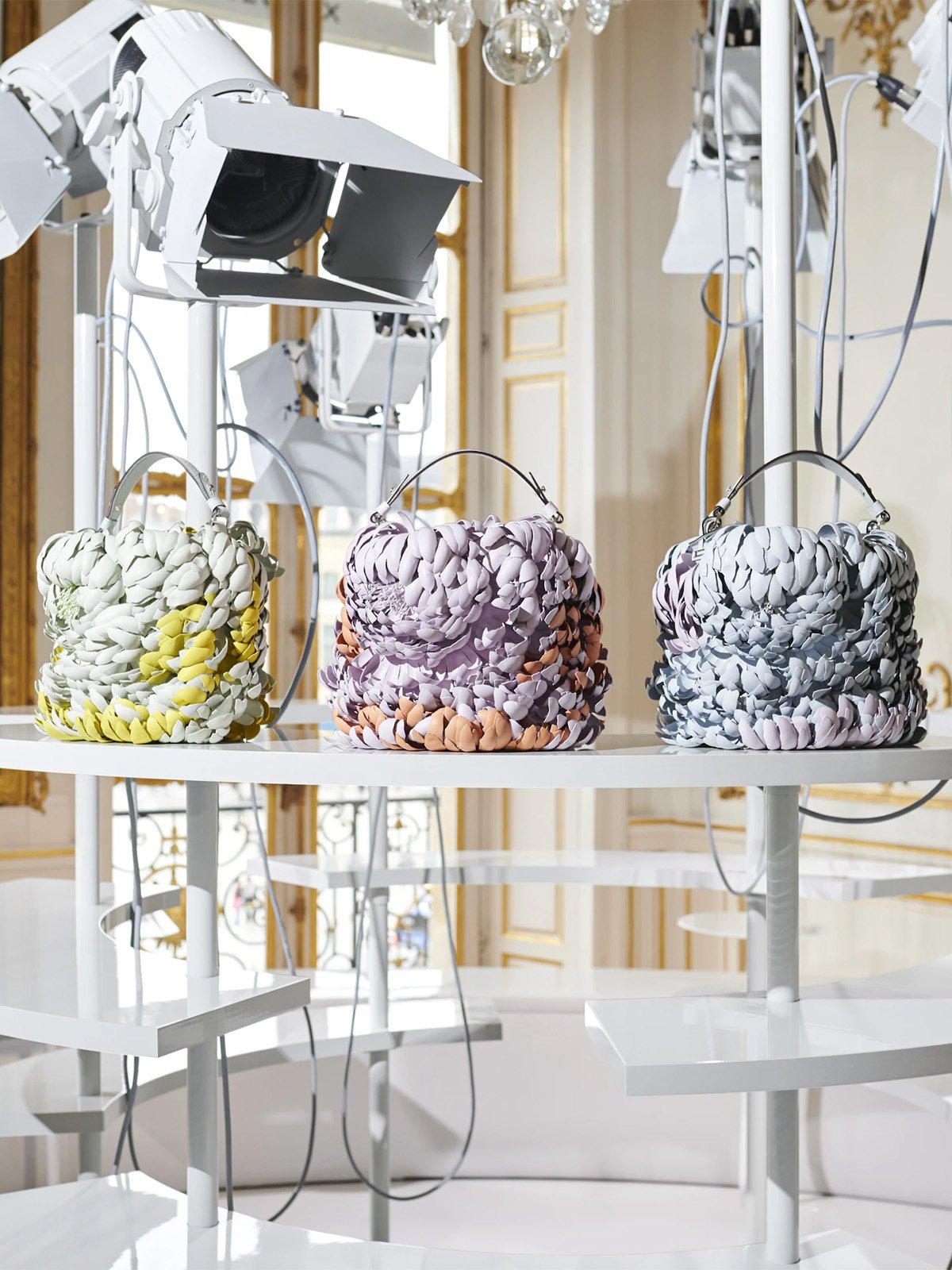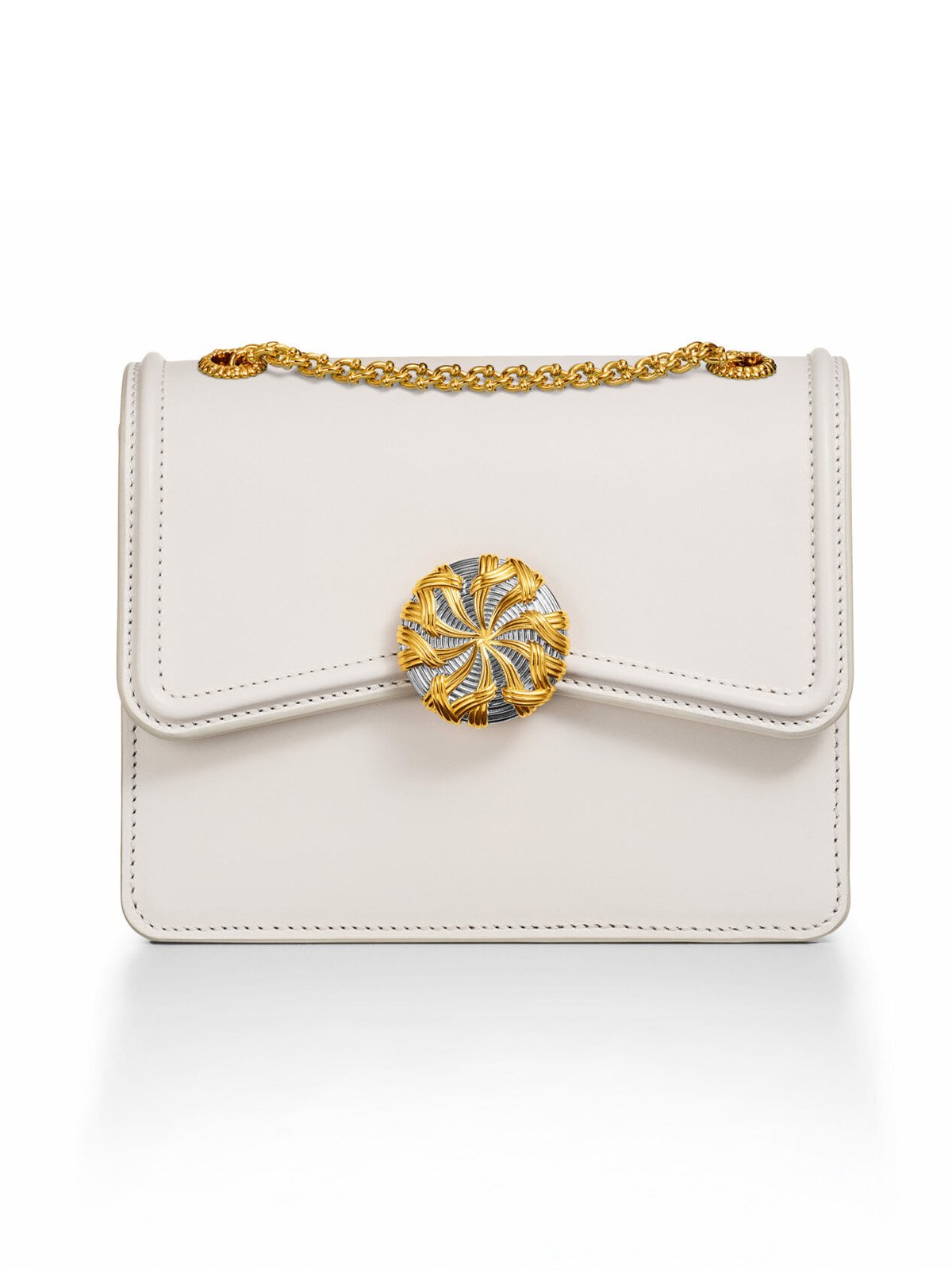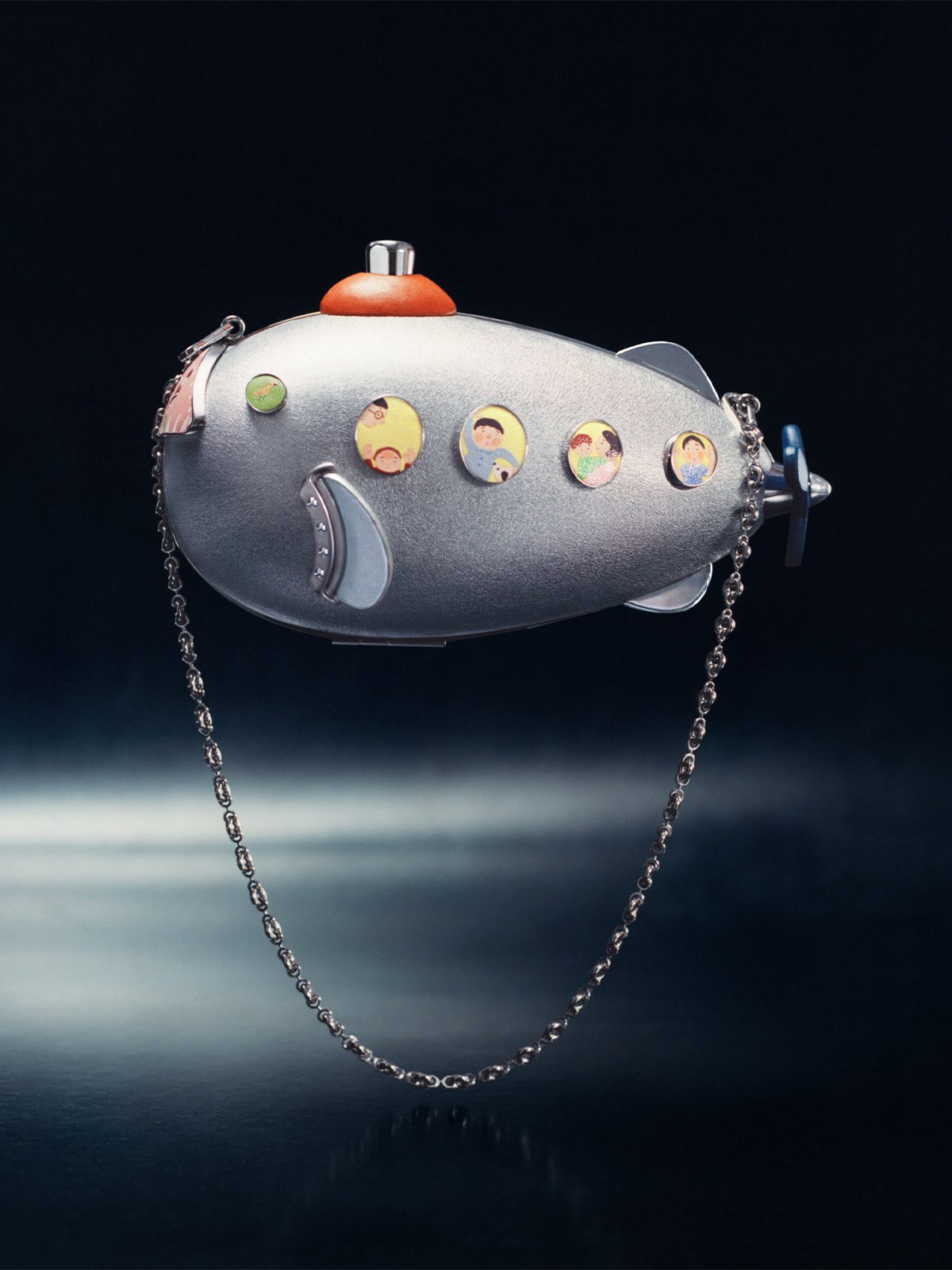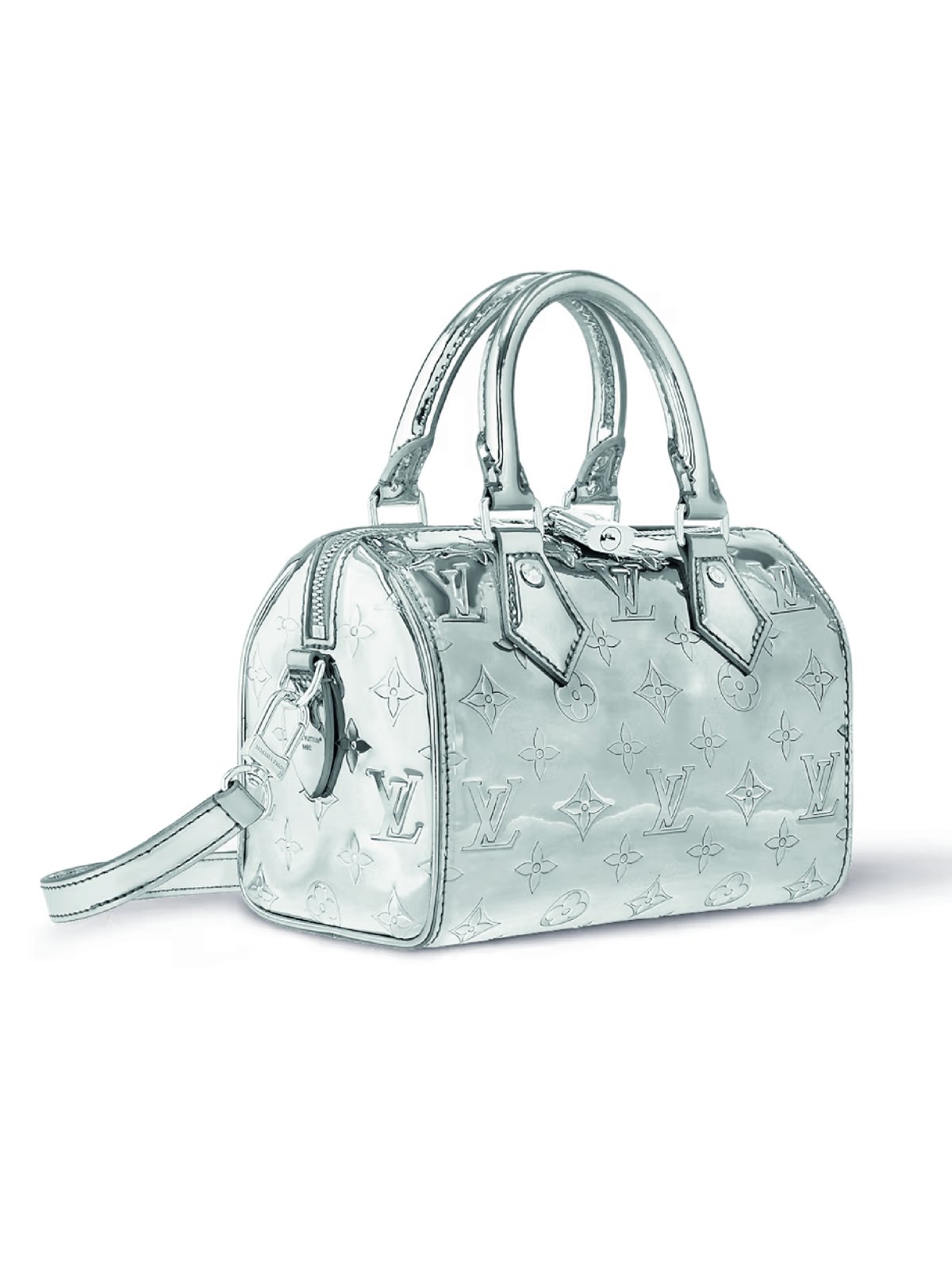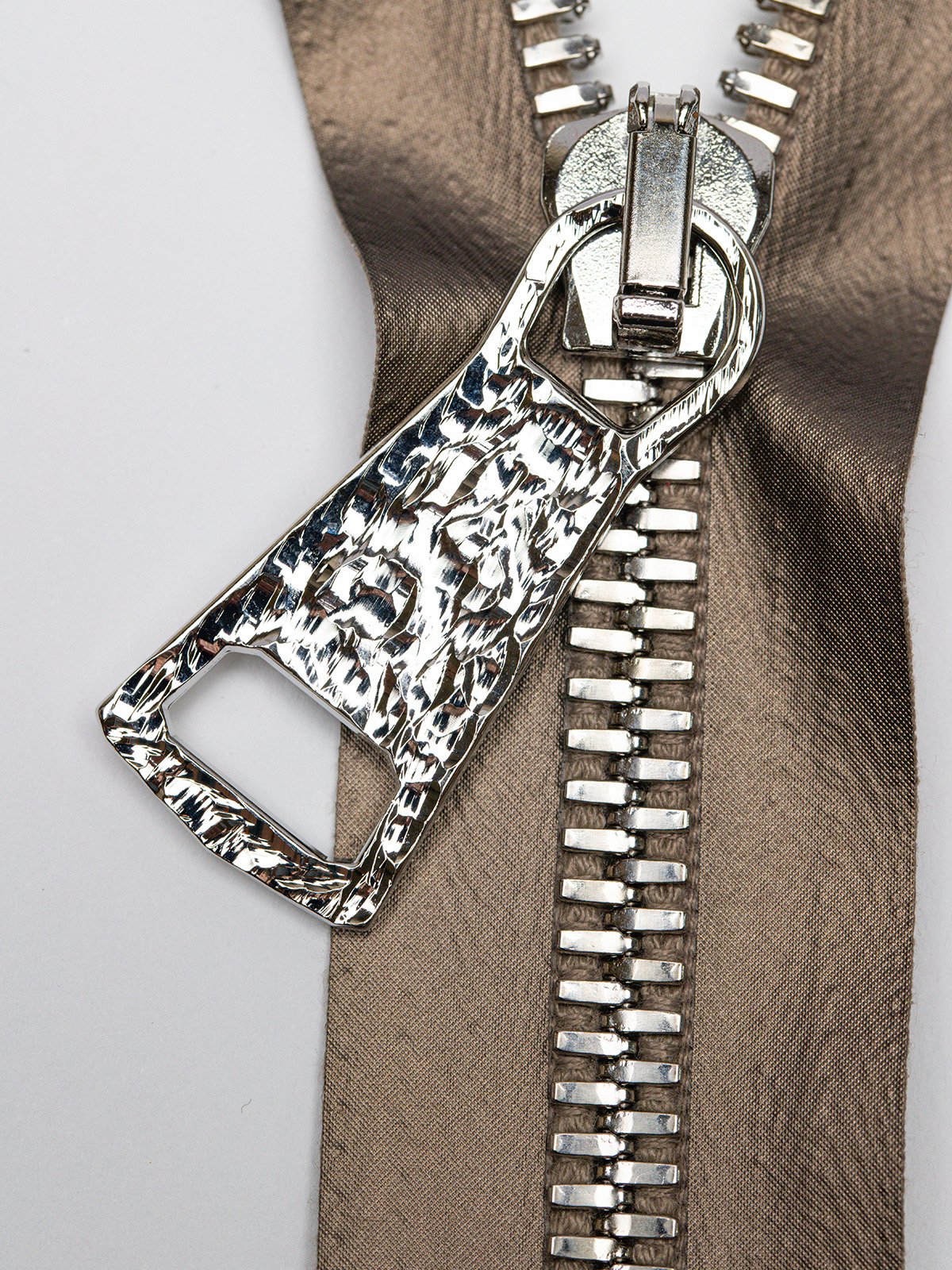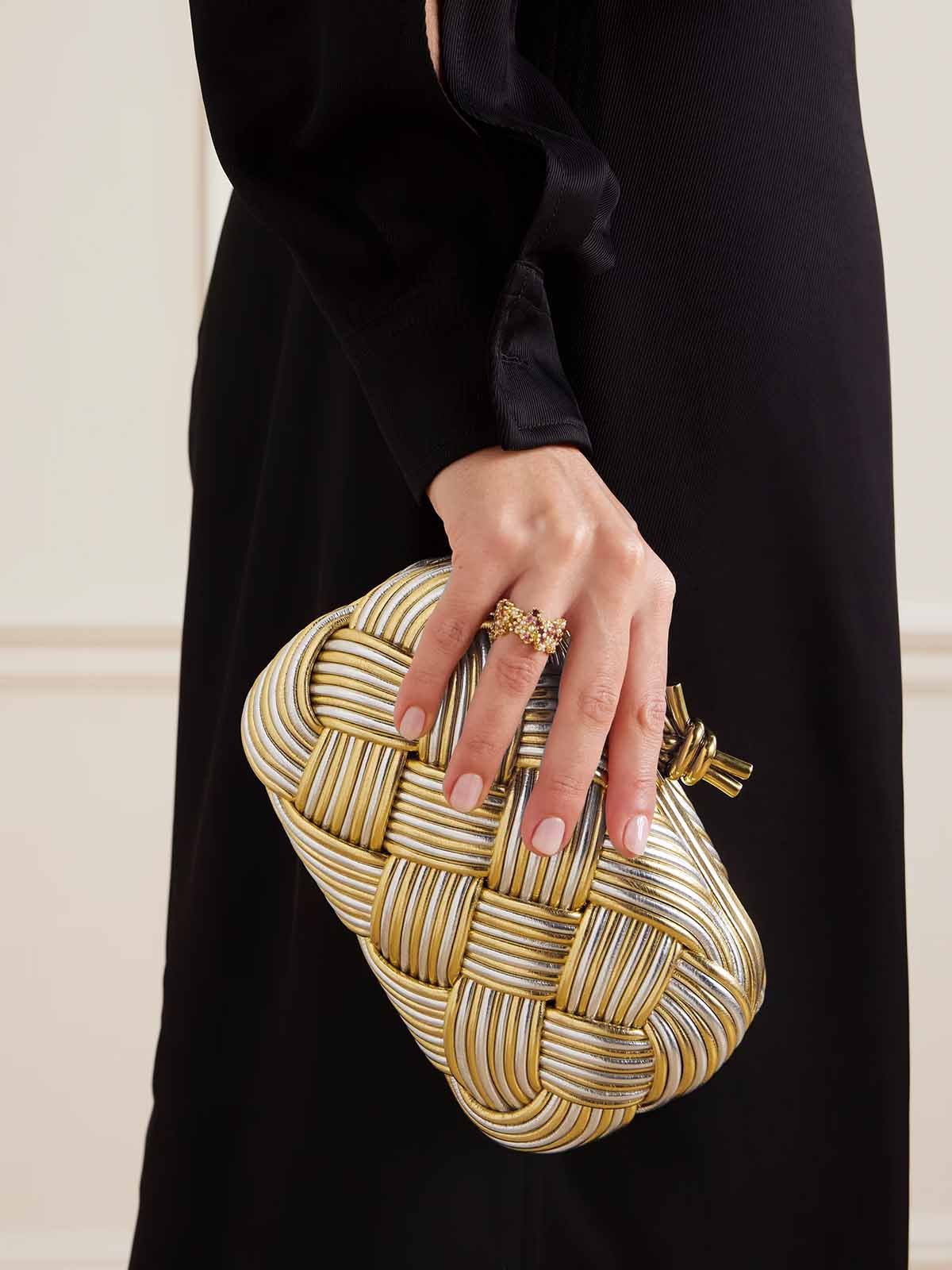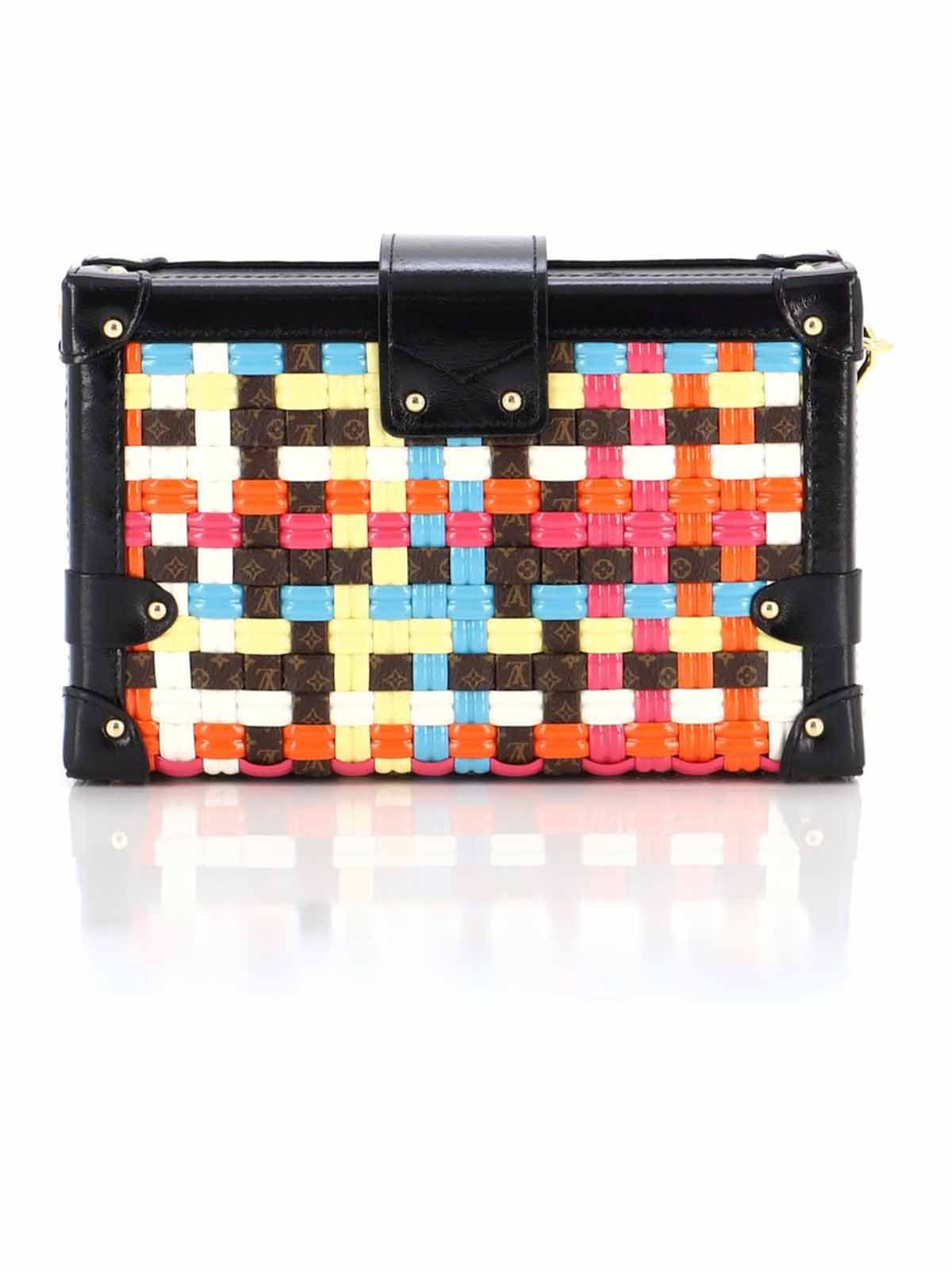News
Ecotan: next-generation leather that becomes a biofertilizer
 Credit: Ecotan Leather
Credit: Ecotan Leather
Imagine a manufacturing process that has a very close to zero impact, with a material that is born and returned to nature thus eliminating deadstock, stock and waste. Imagine this material being processed considering not only its entire life cycle, but also the impact its disposal has on the environment, to make it not only non-harmful, but even beneficial. Imagine making what is considered waste a resource.
We are talking about what is called Next Generation Leather, that is, not just a material, but a real protocol that transforms the approach to leather processing in the very area that has the greatest impact on the environment, that of the luxury supply chain. The result of a years-long study, Ecotan (from the Silvateam family, a leading company in the natural extracts sector that has always been attentive to sustainability) is the first “Zero Waste” bio-circular system that aims to produce a metal-free leather that, at the end of its life cycle, can be recycled and return to nature, to be used as fertilizer, compost or even biochar.
In fact, it has been shown that leather, due to the large amount of collagen and protein it contains within it, can be turned into an incredibly powerful biofertilizer, while the tannins used for tanning are excellent natural shields against bacteria. As compost, the next-generation skin, which through an industrial process disintegrates completely in 45 days, can increase plant health by 22 percent. Processed into biochar, finally, next-gen leather allows soils depleted by monocultures or deforestation to become productive again because of its ability to absorb water and retain both elements useful for plant growth, such as nitrogen and phosphorus, and greenhouse gases harmful to the atmosphere.
But how is bio-circulated leather produced? It controls the supply chain across the board through compliance with a system of common values: from the natural tanning process using plant extracts such as chestnut tannin, quebracho and tara or olive extract, to finishing, each step must comply with standards defined in the “Made to be Reborn” protocol, which each company commits to enhance by signing what is called the Ecotan Commitment.
How much does it cost to adopt this new approach? The answer lies in another question: how much does it cost not to? At a time of crisis-both environmental and of the industry-when making an economic assessment, one must look to the future and consider the cost of the entire production process, including the disposal of the stock, which is often not considered in the economic calculation.
“It's about managing change,” says Alessandra Taccon, Project Director of Ecotan: ”First of all, the Ecotan process is versatile: it does not require separate plants, thus allowing even traditionally chrome tanneries to progressively adopt the natural ingredient system for part of their production, which in the future may also be entirely Ecotan. Our goal is challenging, to scale up volumes to generate economies of scale and to have more and more partners embrace our idea of sustainable metal-free tanning. The automotive world has started the transition to natural, zero-impact tanning-the car interior project with Opel's GrandLand model has just started-and now furniture and fashion are also following this example and demanding leathers with these characteristics. Luxury and eco-sustainability are not worlds apart, we need to remember this as we look to the future of the supply chain and the planet.”

